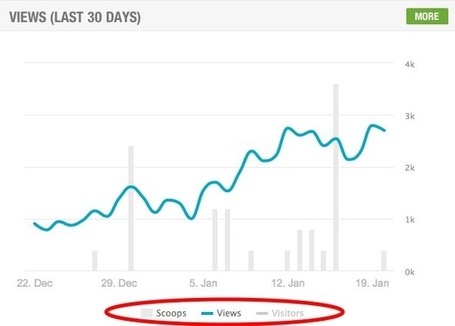Content is the fuel of email marketing: here’s how to ignite it
This post contains excerpts of our recently published ebook: “ROI or RIP: the lean content marketing handbook for SMBs” that you can download for free here.
According to research performed earlier in 2014 by Gigaom and reported by eMarketer, email marketing is still the most commonly used method of digital marketing, with a whopping 86% of respondents claiming to use it. If that’s not enough, though, over half (59%) of B2B marketers surveyed by HubSpot say that email marketing is the most effective channel for generating revenue.
Email marketing needs content and content marketing needs email
Why are email marketing and content marketing such a great match? And what does it mean for your marketing strategy?
Read More























